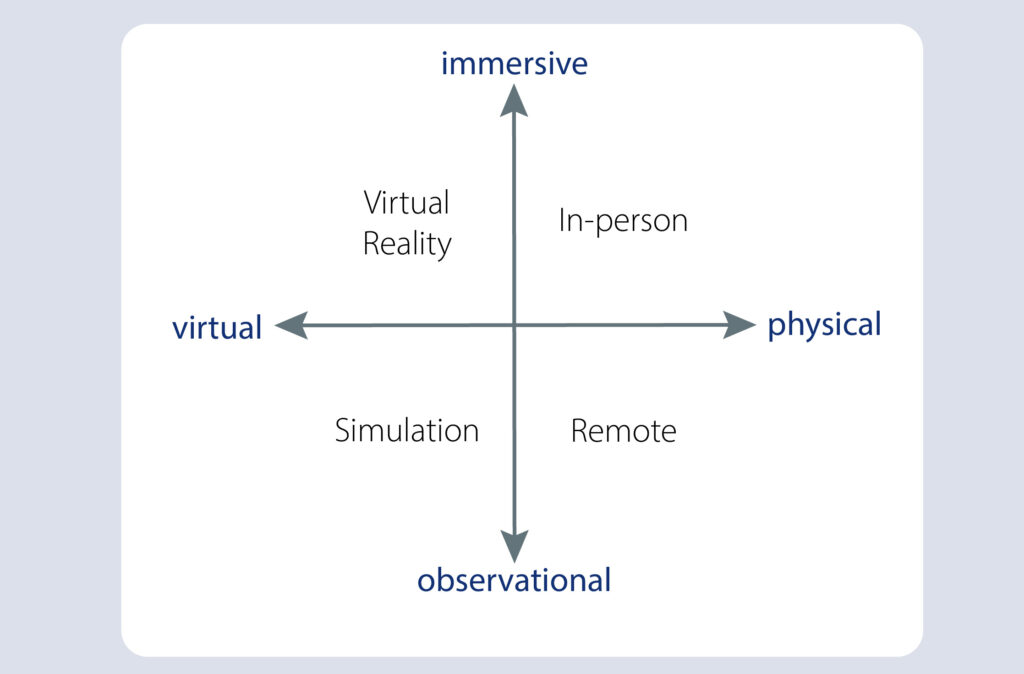Recently I spoke in Dublin at the 2nd DCU Virtual Labs Seminar Series. DCU and others are working in a project led by Chemistry at Maynooth University, funded by the Irish Government’s Human Capital Initiative.
The focus of the presentation was on design of virtual settings – in particular bringing together (1) what we know about learning in complex settings such as labs, (2) what we know about learning in general, and (3) what we know about good e-learning design, and in the talk I ran through a prototype case study of designing a virtual HPLC experiment with these three considerations in mind. The focus was on additional value to in-person laboratory work. It was quite a fun thought experiment to work through.
One of the interesting things about the “virtual lab” literature is that it has a very messy literature base. There is a lot of show and tell, and very little overarching framework about the design of virtual environments and why they might be valuable. There is a tendency for technological emphasis, with literature on learning tending to lean towards whether virtual is “better” or “worse” than in-person, which I think has all kinds of flaws associated with it.
Anyway part of the challenge of all this was to try to come up with some overall description of what people meant when they said “virtual” in the literature, and to do so I used the grid shown. The obvious axis is the virtual-physical axis, but I think a second axis – grounded in the extent to which the activity is an immersive experience – is also valuable. Using these quadrants we can then come up with four general categories. The first two are familiar to us:
- In-person labs – these are located in physical settings with the learner immersed in this setting.
- Simulations – these are on screen interactives, with students completing activities that aim to simulate some or all of their activity. They can be quite simple in nature or quite sophisticated, but they are virtual, and the user essentially observes the activity through a digital lens.
The second two are newer to us:
- Remote – these are real experiments – physical kit located in a lab somewhere (including on Mars). They are operated at a distance, and so the interaction is observational – watching what happens as a result of manipulation through digital means. At the Open University, there are a lot of remote experiments, such that chemistry students for example can engage with remote titrations, HPLC, spectrometers, and so on. It’s quite cool.
- Virtual – these are simulations and pre-determined (albeit often sophisticated), and the user is typically immersed in them through the use of VR goggles, and with more sophistication, haptic interactions.
I’ve found these distinctions useful in wading through the landscape of virtual lab literature.
Of course there is likely (at least) a third dimension. We know from in-person labs that there are a range of pedagogic approaches, and a third axis relating to something about “interactivity level” might be an interesting one to tease out. That needs more coffee though.
